Evergreens for the garden: main types and their descriptions
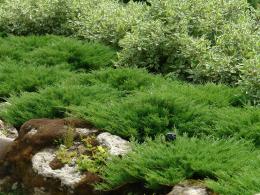
Evergreens are often used in landscape design. They enliven the garden and backyard area, especially in the winter and off-season, as they do not lose their decorative and attractive appearance. Mainly conifers are chosen for alpine hills and rocky gardens. dwarf breeds
Content:
- Dwarf conifers
- Western thuja: plant characteristics
- Balsam fir: description of the plant and variety
- Serbian spruce: popular varieties
- Juniperus virginiana: varieties and their descriptions
Dwarf conifers
Dwarf evergreens have different crown shapes, which allows you to create original compositions in the garden. Varieties of dwarf plants reach a height of no more than 1-2 meters, in contrast to tall coniferous trees in the forest, whose height can reach 50 meters. Dwarf coniferous plants are the best option for a small garden. If the area is large, then you can plant blue spruce and ship pines. Among the popular low-growing coniferous plants for the garden, the following types are chosen:
- Thuja occidentalis
- Balsam fir
- Serbian spruce
- Yew berry
- Red cedar
- Lawson's cypress
- Pine mountain
These evergreens can be planted individually or made into a combination of different varieties and species. Particularly popular among short conifers are: thuja, spruce, fir, and juniper.
Western thuja: plant characteristics
This evergreen plant belongs to the Cypress family. Thuja is unpretentious to the soil and is frost-resistant. The crown shape is oval. The following dwarf varieties of western thuja are distinguished:
- Variety "Yellow Ribon". Has a conical crown. The variety differs from other species in its bright yellow shoots, which makes the short tree attractive among other plants.
- Variety "Globoza". It grows slowly, adding up to 5 cm per year. The shoots of the thuja are flat and grow evenly to the sides. The scale-like needles turn light green in spring, and in winter they become gray-green and brownish in color.
- Variety "Teddy". This variety has thick, thin shoots and needle-like needles. The diameter of the plant does not exceed 0.3 meters. The needles are green with a bluish tint in summer and brownish in winter.
- Variety "Golden Globe". The needles change color throughout the year: brown in autumn and yellow in spring. Every year it grows by 5-10 cm.
Thuja occidentalis grows well in sunny places. Can be planted in a slightly shaded area. Dwarf evergreens require mineral supplementation fertilizers, mulching and timely watering.
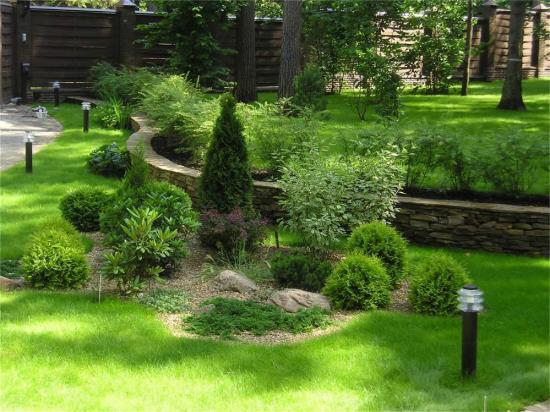
Balsam fir: description of the plant and variety
This is a light-loving, shade-tolerant evergreen plant of the Pine family. Balsam fir varieties include:
- Variety "Nana". It has a round, slightly flattened shape, which is up to 20-30 cm in diameter. The needles are short, rich green, from 4 to 10 mm long.
- Variety "Piccolo". A miniature shrub with dark green needles and a superficial root system. Its height reaches only 30 cm, and its diameter is no more than 50 cm. A shade-tolerant and frost-resistant plant variety.
- Variety "Kiwi". Low shrub with a rounded crown.The needles are shiny, short, dark green.
Fir should be planted on moist and loose soil. Not recommended for placement on sandy soils. To prevent moisture from evaporating, the ground must be mulched. Mineral fertilizer is applied 2 years after planting. The plant should be watered about 2-3 times per season. In dry summers, it is recommended to spray every 2-3 weeks. Balsam fir looks original in group and single landings. You can also place it on alpine slides and decorate slopes.
Serbian spruce: popular varieties
This type of evergreen plant can withstand frosts down to -28 degrees.
Serbian spruce is distinguished by its shade tolerance and wind resistance. She is easy to care for. It is not affected by various plants and pests.
Of the dwarf varieties of Serbian spruce, the following are known:
- Variety "Alexandra". Every year the growth is 3-4 cm. A plant with a round, dense crown.
- Variety "Freya". It can grow up to 3 meters in height. The crown is pyramidal and irregular in shape. The needles are splayed and hard.
- Variety "Gnome". Spruce with a spreading and flat-rounded crown shape. Can reach 1.5 meters in height. Serbian spruce needles are tough. The hue changes from bluish to blue-green.
- Variety "Karel". The crown shape is hemispherical. The needles are first green in color, and then become gray-green. After 10 years from the moment of planting, the height reaches 50-60 cm and the width is about 60-70 cm.
Grow preferably on loamy soils, but spruce takes root well on sandy and acidic soil with proper care.
Juniperus virginiana: varieties and their descriptions
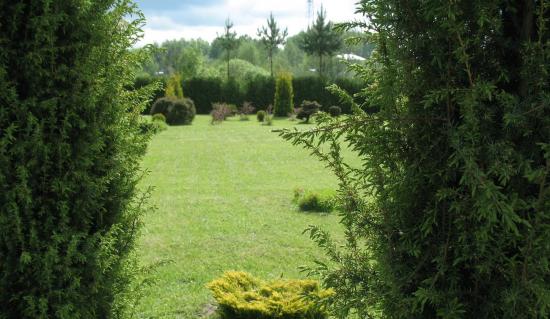
The plant belongs to the Cypress family. Juniper virginiana is a drought-resistant, winter-hardy and shade-tolerant plant.There are about 30 varieties of juniper. Common dwarf varieties include:
- Variety "Globosa". The shape of the crown is round, flattened. It reaches no more than a meter in width. The shoots are short and dense. The needles are bright green, scaly.
- Variety "Golden Spring". The crown of the bush is irregular in shape. The shoots are raised at the ends and straight. The needles change their color depending on the time of year: in spring they are green with a yellowish tint, and in winter they acquire a grayish tint.
- Variety "Gray Owl". The crown shape is columnar. By the age of 10 years the plant reaches 1.5 meters in height and about 3 meters in width. The branches are spreading, arched and thin. In winter, the needles change their color to bronze with a bluish tint.
- Variety "Blue Cloud". A low-growing plant about 0.5 meters high. The crown is spreading and wide, up to 1.5 meters wide. Young branches are rich bright green.
Grow juniper should be used on clay or sandy soils. After pruning, the crown retains its shape for a long time. It is advisable to place juniper in sunny places. It’s good if other types of coniferous trees shade it. Evergreen conifers can be used as hedges or planted next to the path at the entrance to the house.
Video about coniferous plants for the garden:

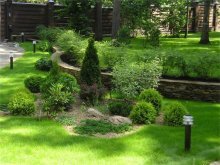
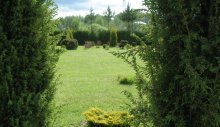

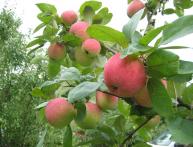
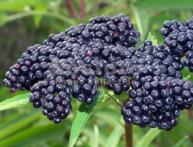
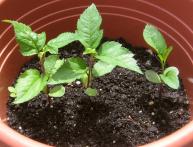
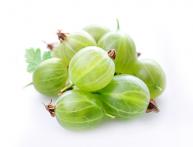
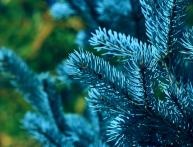
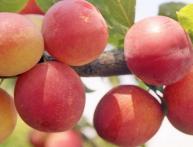
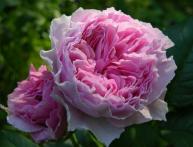
Comments
I really like evergreens on the site. They beautifully landscape the area and at the same time require minimal care. Of course, some species need pruning, but they are worth it.
I have spruce, thuja, juniper, and even pine growing on my site. These evergreens are beautiful not only in summer, but also in winter. When the spruce and pine trees were small, I always covered them for the winter, I was afraid that they would freeze.